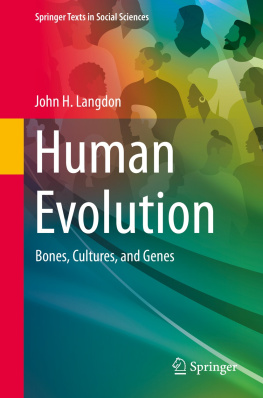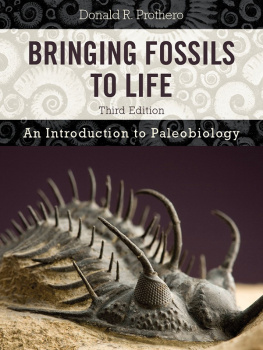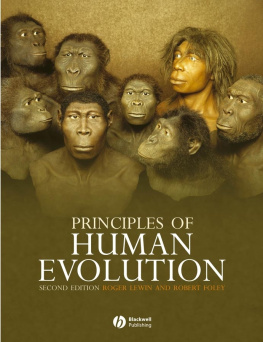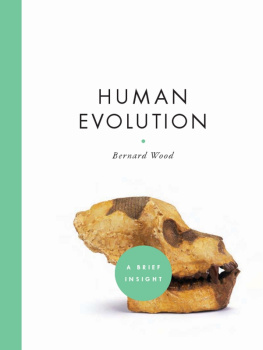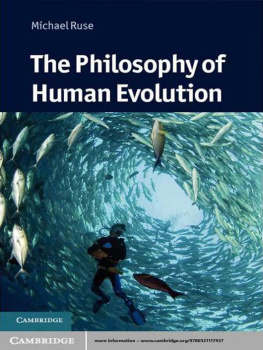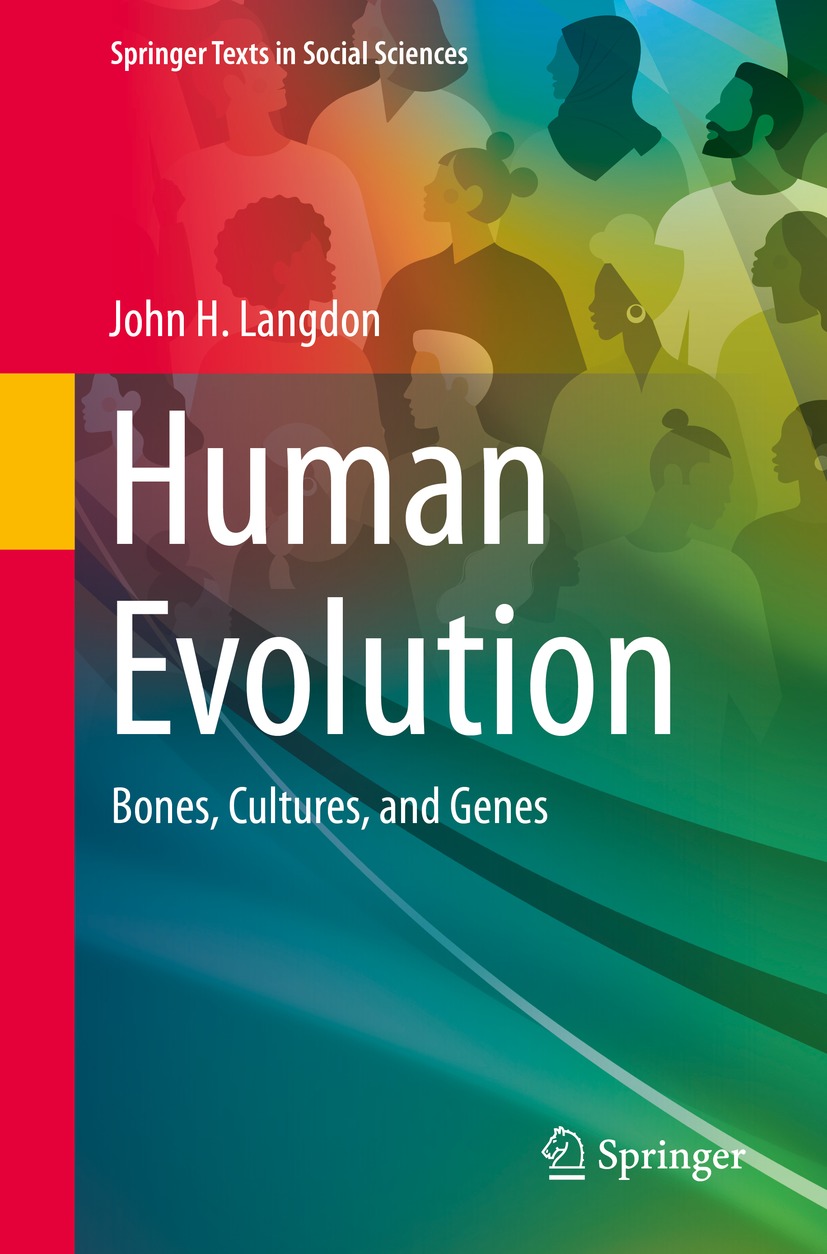Springer Texts in Social Sciences
This textbook series delivers high-quality instructional content for graduates and advanced graduates in the social sciences. It comprises self-contained edited or authored books with comprehensive international coverage that are suitable for class as well as for individual self-study and professional development. The series covers core concepts, key methodological approaches, and important issues within key social science disciplines and also across these disciplines. All texts are authored by established experts in their fields and offer a solid methodological background, accompanied by pedagogical materials to serve students, such as practical examples, exercises, case studies etc. Textbooks published in this series are aimed at graduate and advanced graduate students, but are also valuable to early career and established researchers as important resources for their education, knowledge and teaching.
The books in this series may come under, but are not limited to, these fields:
- Sociology
- Anthropology
- Population studies
- Migration studies
- Quality of life and wellbeing research
John H. Langdon
Human Evolution
Bones, Cultures, and Genes

The Springer logo.
John H. Langdon
Human Biology Program, University of Indianapolis, Indianapolis, IN, USA
ISSN 2730-6135 e-ISSN 2730-6143
Springer Texts in Social Sciences
ISBN 978-3-031-14156-0 e-ISBN 978-3-031-14157-7
https://doi.org/10.1007/978-3-031-14157-7
The Editor(s) (if applicable) and The Author(s), under exclusive license to Springer Nature Switzerland AG 2022
This work is subject to copyright. All rights are solely and exclusively licensed by the Publisher, whether the whole or part of the material is concerned, specifically the rights of translation, reprinting, reuse of illustrations, recitation, broadcasting, reproduction on microfilms or in any other physical way, and transmission or information storage and retrieval, electronic adaptation, computer software, or by similar or dissimilar methodology now known or hereafter developed.
The use of general descriptive names, registered names, trademarks, service marks, etc. in this publication does not imply, even in the absence of a specific statement, that such names are exempt from the relevant protective laws and regulations and therefore free for general use.
The publisher, the authors, and the editors are safe to assume that the advice and information in this book are believed to be true and accurate at the date of publication. Neither the publisher nor the authors or the editors give a warranty, expressed or implied, with respect to the material contained herein or for any errors or omissions that may have been made. The publisher remains neutral with regard to jurisdictional claims in published maps and institutional affiliations.
This Springer imprint is published by the registered company Springer Nature Switzerland AG
The registered company address is: Gewerbestrasse 11, 6330 Cham, Switzerland
To all my ancestors, remembered, forgotten, or undiscovered.
Preface
I find the study of paleoanthropology both fascinating and humbling. The fascination begins in the imagination. What would it have been like to be alive in the past? What did the men and women of prehistory experience? What thoughts did they have and why were not they more inventive? Fascination continues with each new discovery. Often the field has been compared to completing a jigsaw puzzle with 99% of the pieces missing. Almost monthly another piece comes to light, and each one feels like a gift to be unwrapped. Where does it fit? What does it tell us? It may add only a tiny detail, but every few years the picture must be redrawn based on finds so unexpected that there is no place for them in the old version.
It is humbling to acknowledge how little we know. Many books on this topic try to give the impression that we have the answers that we know how humans evolved and we are just trying to fill in the details. I sincerely hope this volume does not fall into that category. Good questions are far more important in guiding future understanding than hypothetical answers. Old ideas deserve to be challenged, but to do that effectively, we must be aware of the evidence and reasoning that created them in the first place. At the end of most chapters are a few Important questions we cannot answer. I encourage the reader to add to that list.
It is also humbling to place humankind in a broad context. As a species, Homo sapiens is both trivial and terrifying. We share the earth with about nine million other species today, and these are a tiny part of one percent of those that have ever lived. Recorded history and even the first villages and crops are so recent that they do not make it into this story. Ours has only been around perhaps 200,000 years since its origin in Africa, but in this time we have both improved the planet for our own purposes and seriously damaged it. Whether other species can avoid extinction depends on how well they can tolerate human activity. Whether we continue, evolve, or become extinct remains for future generations to determine.
My purpose in writing this book has been to bring the account of human evolution up to date with the latest contributions from many disciplines. It explores how recent discoveries are challenging what we thought we knew, and attempts to build a sense of anticipation for the next revelation. The greatest leaps in our understanding occur when we reach beyond the painstaking work of fossil hunting and archaeological excavations to see what other disciplines can contribute. Anatomy, climatology, cultural anthropology, ecology, embryology, ethology, geology, genetics, genomics, chemistry, neuroscience, physics, and physiology all have their place in telling our story.
John H. Langdon
Indianapolis, IN, USA
Acknowledgments
This effort could not have been possible without the support of many people. I would like to thank my teachers and students from whom I have learned; friends and colleagues, especially Shawn Hurst; and reviewers of this work in progress. Katherine Langdon, Amy Langdon, and David Strait have been invaluable in assembling illustrations. Jos Mara Bermdez de Castro, Robert Blumenschine, Peter Brown, Ron Clarke, Thure Cerling, Christopher Dean, Eric Delson, Fernando Diez-Martin, Paul John Myburgh, and Christine Baile and Samantha Guenther at the Cleveland Museum of Natural History generously gave permission for the reuse of images.
Most of all, I am indebted to my beloved wife, Terry, for her consistent patience and encouragement.
Contents
Part IIntroduction
Part IIThe First Hominins
Part IIIThe First Humans
Part IVThe Middle Pleistocene
Part VThe Emergence of Modern People
List of Figures
Fig. A1 The human and chimpanzee skulls. (a) Anterior view. (b) Lateral view. (c) Inferior view. (d) Superior view. (e) Posterior view. Photos by Katherine Langdon

